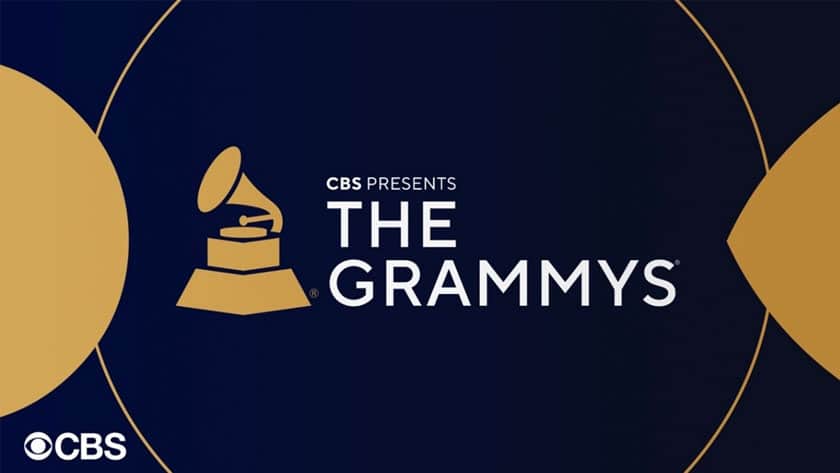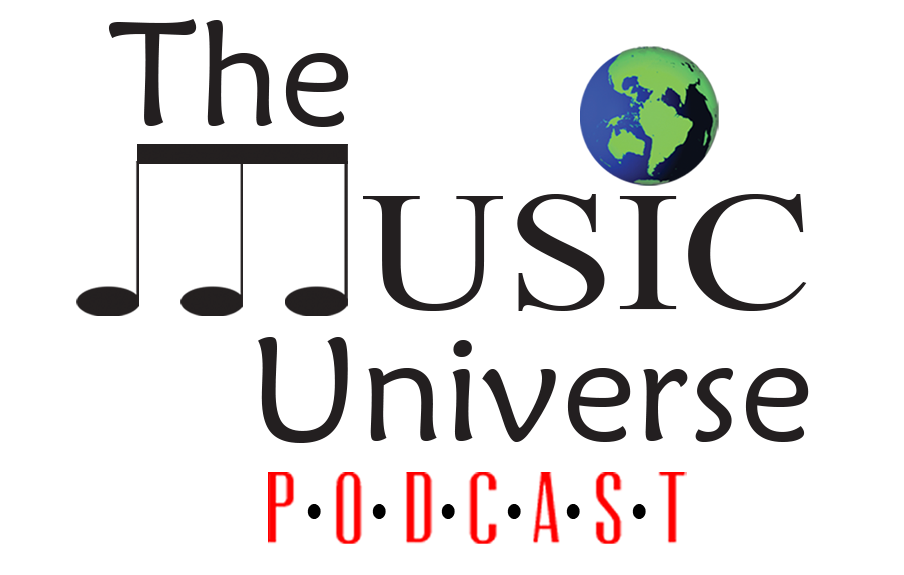Geologists call the event “Beast Quake (Taylor’s Version)”
Taylor Swift’s two Eras Tour concerts at Seattle’s Lumen Field on July 22nd and 23rd caused seismic activity one geologist is calling “Beast Quake (Taylor’s Version).” Jackie Caplan-Auerbach, a geology professor at Western Washington University tells CBS News that unlike before, the activity lasted for hours.
“The actual amount that the ground shook at its strongest was about twice as big during what I refer to as the Beast Quake (Taylor’s Version),” she explains. “It also, of course, lasted for hours. The original Beast Quake was a celebration on the part of some very excited fans that lasted maybe 30 seconds.”
The original Beast Quake Caplan-Auerbach references happened during a 2011 NFL playoff game between the Seattle Seahawks and the New Orleans Saints when running back Marshawn Lynch, nicknamed “Beast Mode,” broke through the Saints defense to score a game-clinching touchdown for his team, causing the crowd to respond so loudly that it registered on a nearby seismometer.
The Swift Quake was not an actual earthquake, so it did not cause any negative impacts to the area. It did, however, register signals on the seismograph roughly equivalent to a 2.3 earthquake.
Caplan-Auerbach was first made aware of the activity after a user inquired about the activity on a Facebook page about Pacific Northwest earthquakes she moderates.
“Someone posted on that and said, ‘Hey did the Taylor Swift concert make a Beast Quake?'” she says.
“I was so excited about the fact that all these Swifties have reached out to me, and that all these people are engaging in science, because I think it’s really important to demystify the scientific process,” she adds. “Anybody who can make an observation, who can collect data, who can think about, ‘Wow, why does that work and how would I know?’ is doing science.”
Caplan-Auerbach says she has to pinpoint what caused the seismic activity at the concerts. She’s not sure if it was the fans jumping and dancing, the loud speakers, a certain song or what.
Swift is the second artist in the past year to have a performance register on a nearby seismograph. Last May, a Louisiana State University (LSU) seismograph recorded a small earthquake during Garth Brooks’ performance of “Callin’ Baton Rouge” at Tiger Stadium. The raucous crowd of 102,000 cheered so loudly that seismic data from LSU’s Nicholson Hall nearby was collected.
The event was only the second time in 33 years that jumping and cheering from Tiger Stadium registered as a small earthquake. The first time was on October 8, 1988 when LSU came from a 6-0 deficit against Auburn and won with two minutes left in the game.
A “Swift-Quake” in Seattle, and a once in a lifetime birthday gift off the coast of Cape Cod.
All on today’s Twilight Highlight. #twilighthighlight #cbsnewslosangeles #Swifties #TaylorSwiftErasTour @kcalnews pic.twitter.com/Fr9KiWrQOm
— Lucas A. Wiggins (@Lucas_a_wiggins) July 29, 2023





